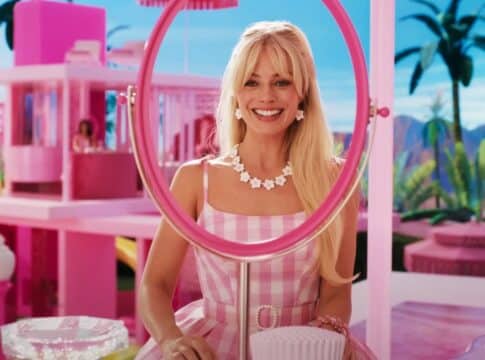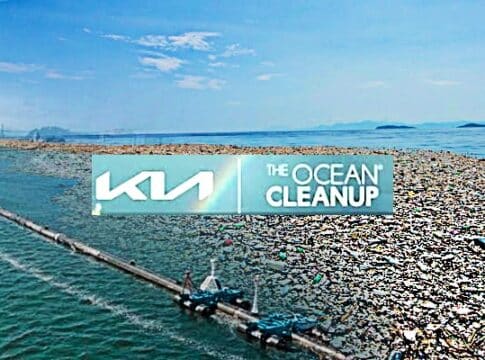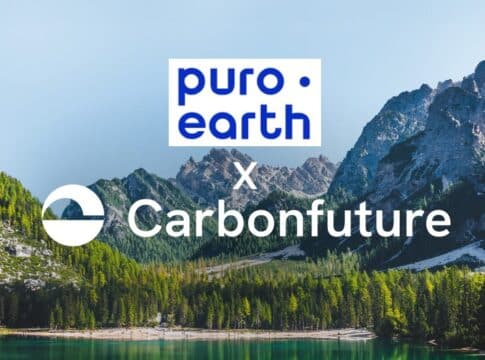Barbie’s $1.3B Movie and Green Shift: Hollywood Meets Sustainability
Once the epitome of pink dreams and plastic shoes, Barbie is going Hollywood and embracing eco-friendly and sustainability aspirations, particularly on reducing carbon and plastic footprint.
Mattel’s iconic doll, known for her fashion statements and a multitude of careers, has made her theatrical debut with a splash in a star-studded Barbie movie. While box office figures are still rolling in (approx. $1.3B as of this writing), the real story is perhaps in how Barbie is taking on the green revolution.
Let’s rewind a tad to a juicy piece of fake news that recently stirred quite the commotion.
Plastic-Free Barbie Hoax
An elaborate hoax, led by none other than the audacious climate pranksters, the Yes Men, announced a ‘plastic-free Barbie.’ This grand spectacle, complete with a faux ad featuring climate activist Daryl Hannah, was, in fact, an attempt to draw attention to Barbie’s plastic footprint.
With almost 60 million dolls sold each year, Barbie parent brand, Mattel, consumes a lot of plastic. Since the doll’s creation in 1959, more than 1 billion Barbies have been sold globally.
As per the carbon emissions calculator, Greenly, these sales generate emissions of about 39,000 tons of carbon dioxide equivalent. Greenly based its estimations on research that investigates the carbon footprints of some children’s plastic toys, including Barbie.
According to the study, a 180g Barbie doll using plastics derived from crude oil emits 648g CO2e over its entire life cycle. In comparison, the Lego Star Wars toy has emissions of 537g CO2e while a Catwoman Lego set has 755g CO2e.
However such carbon emissions data didn’t consider the entire Barbie universe, which includes other plastic Barbie items like houses, cars, airplanes, and more.
The authors also noted that 92% of American girls aged 3-12 own an average of 12 Barbie dolls. That translates to 7,776g or 7.8kg CO2e per child.
The push for sustainability propelled the Barbie maker to shift to reusing and recycling plastic wastes that would have ended up in the oceans.
It was in 2021 when Mattel launched a range of Barbies made of recycled plastics. By the next year, a genuine collaboration with the Jane Goodall Institute saw the birth of carbon-neutral-certified Barbies crafted from recycled ocean-bound plastic.
This lineup showcased both a renowned ethologist and conservationist, Dr. Jane Goodall doll, and an Eco-Leadership Team – a potent nod to careers championing sustainability. With roles like Chief Sustainability Officer and Renewable Energy Engineer, Barbie seemed to say, “Hey, not only can you dream it, but you can also do it sustainably.”
On top of this green wave, another revelation popped up. A friend of John Montgomery, co-author of Shifting Context: Leadership Springs from Within, snapped a fun photo of a Barbie holding their book.
This wasn’t just any Barbie; she was part of the 2022 Career of the Year doll set: the Barbie Eco-Leadership Team. A pleasant surprise to many, this set was reportedly sold out.
Is Plastic Still Fantastic? Barbie’s Net Zero Plans
Mattel is leaping towards net zero commitments like almost every other major corporation. Mattel isn’t lagging with a pledge to reduce its absolute Scope 1 + 2 GHG emissions by 50% by 2030 (vs. 2019 baseline).
Responding to the hoax, Mattel further noted that they’ve long ago announced their sustainability goals. And that includes the aim to achieve 100% recycled, recyclable, or bio-based plastic materials by 2030. Part of their goals is also to reduce plastic packaging by 25% per product (vs. 2020 baseline) and achieve zero manufacturing waste.
Reducing their plastic footprint is not only beneficial for the environment but for the companies doing it. These companies may be eligible for earning plastic credits. Each plastic credit is equal to one ton of plastic waste that would otherwise have not been collected or recycled. Companies can further leverage plastic credits along with carbon credits to address their sustainability concerns.
Like Barbie, many brands also consider plastic waste reduction as part of their net zero commitments.
Mattel also exceeded its goal to maintain 95% recycled content in the paper and wood fiber they used in their products and packaging, reaching 97.9% in 2021 as validated by the Rainforest Alliance.
Given Barbie’s extensive career history, we bet the Eco-Leadership Team would nudge them for an even swifter stride towards net zero emissions.
From Iconic Pink to Sustainable Green
But beyond the stats and dolls, Barbie’s green venture is more than just eco-friendly playthings. A deeper alliance with the Jane Goodall Institute’s Roots & Shoots program beckons kids to nurture their natural curiosity about the environment and amplify their eco-footprint knowledge.
Image source: Mattel.com
In a smart marketing move, a global challenge dubbed #NaturallyCuriousJane encourages young minds to adopt environment-conscious activities like community mapping and amplifying green spaces. Not just that, Barbie’s digital footprint, via their YouTube channel, showcases Dr. Jane Goodall, ensuring that her legacy and teachings ripple through younger generations.
Wrapping it up, from a playful prank about a plastic-free future to genuine strides in sustainability, Barbie’s evolution reflects our world’s shifting paradigms. It’s more than just a movie or a new doll set; it’s a narrative of change, adaptation, and of responsibility.
The next time your kid picks up a Barbie, remember: underneath that iconic pink and plastic facade is now a touch of green, a nod to a sustainable future.
The post Barbie’s $1.3B Movie and Green Shift: Hollywood Meets Sustainability appeared first on Carbon Credits.



